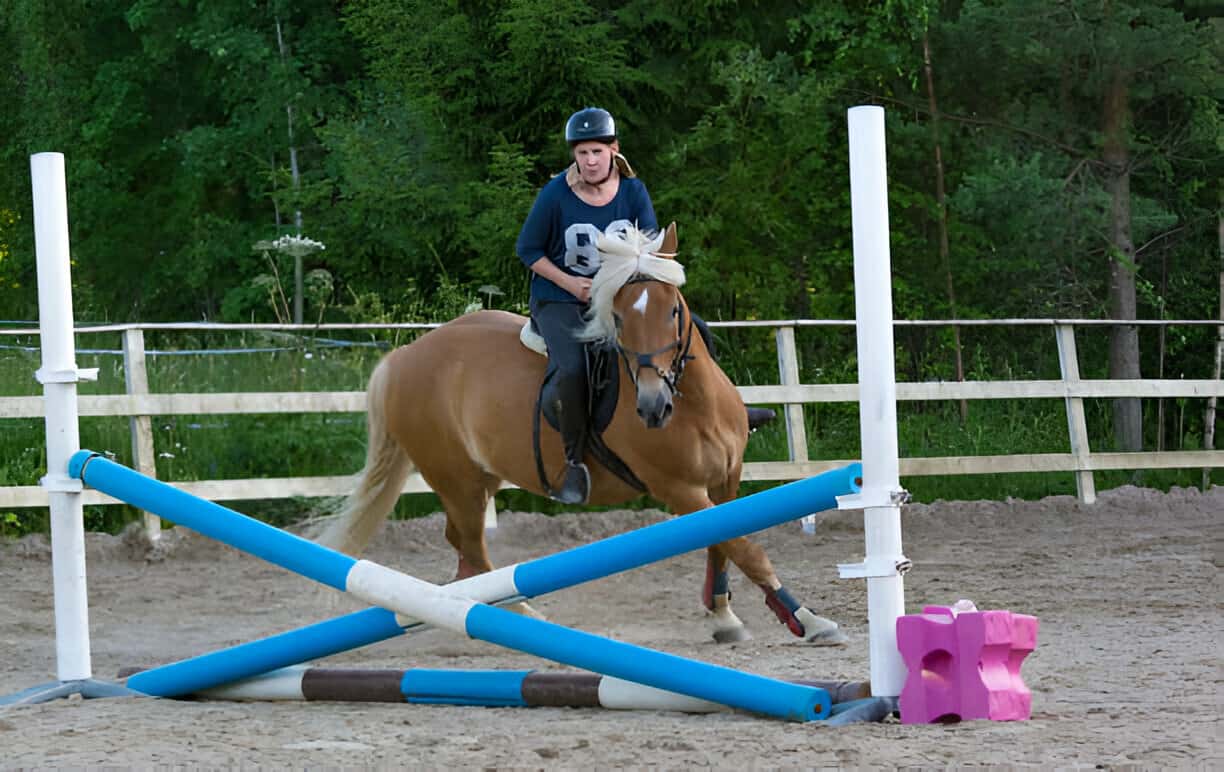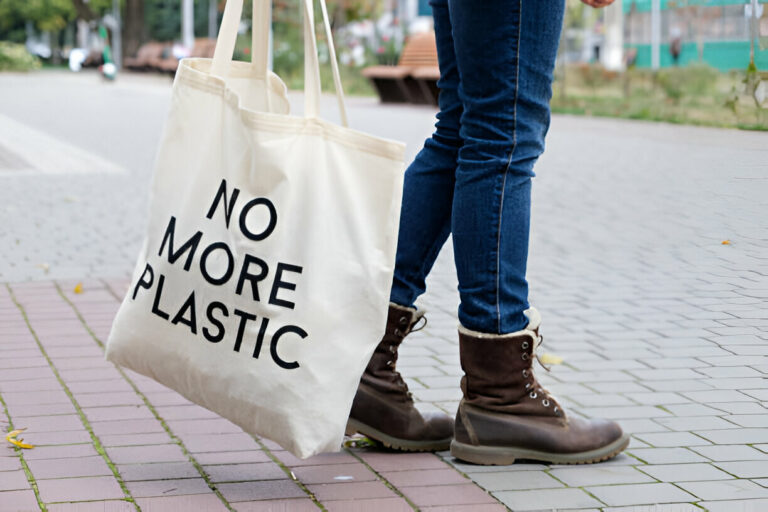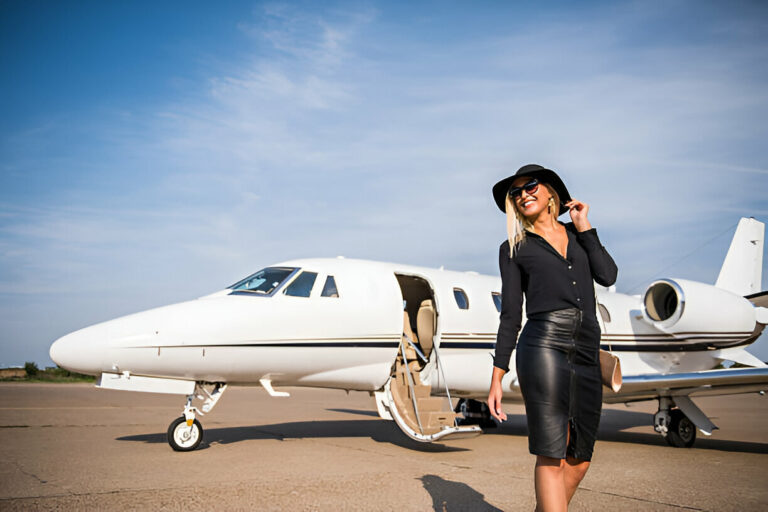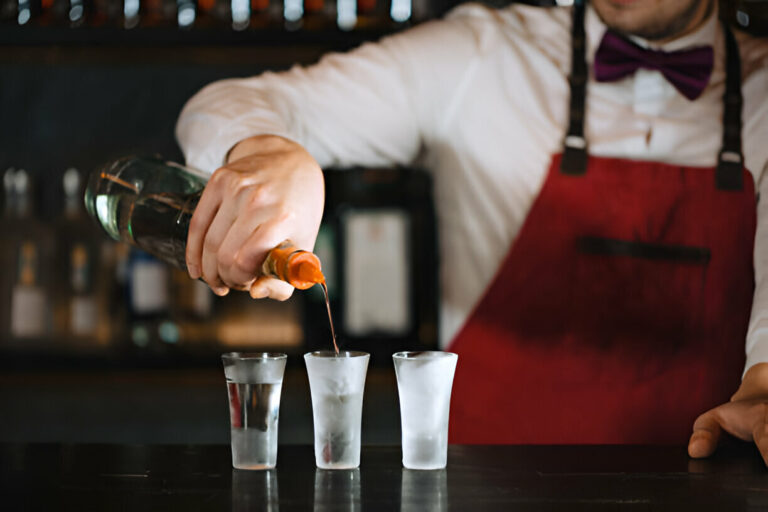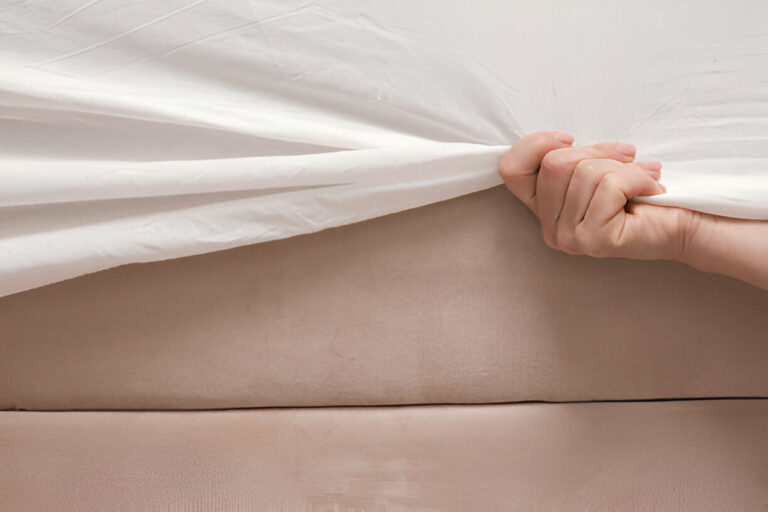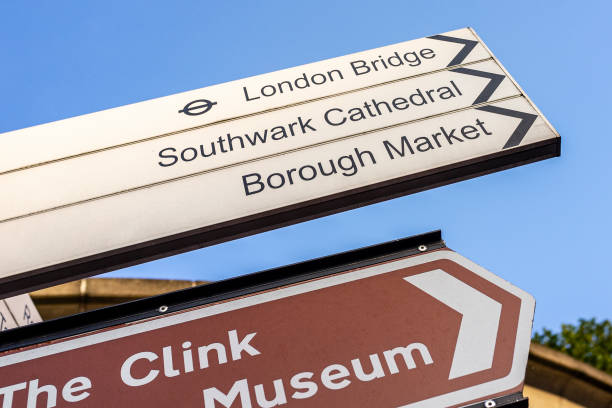Safety First: Tips for Designing Kid-Friendly Horse Jumps
Key Takeaways:
- Kid-friendly horse jumps should prioritize safety while offering a fun and educational experience.
- Design and material choice are crucial in creating engaging and secure jumps for young riders.
- Regular maintenance and proper supervision ensure a safe environment for children to enjoy equestrian sports.
Table of Contents:
- Importance of Safety in Equestrian Sports for Kids
- Design Considerations for Kid-Friendly Jumps
- Choosing the Right Materials for Safety and Durability
- Regular Maintenance of Jumps and Equipment
- Supervision and Training for Young Riders
Importance of Safety in Equestrian Sports for Kids
Safety must always be the top priority when introducing children to the exciting world of equestrian sports. Young riders are still developing the skills and confidence needed to navigate the challenges of horseback riding, making it essential that the equipment they use, including kids horse jumps, is specifically designed with their safety in mind. This safety focus helps foster a positive learning environment where children can grow and develop their equestrian abilities without unnecessary risks.
Design Considerations for Kid-Friendly Jumps
The design of horse jumps for kids should consider their limited experience and physical capabilities. Jumps must be proportionate to young riders’ size and skill level, ensuring they aren’t too intimidating or challenging. Rounded edges and corners can minimize injury in the event of a fall, and jump heights should be adjustable to cater to different levels of ability. Additionally, incorporating bright colors and fun shapes can make learning more enjoyable and engaging for kids.
Choosing the Right Materials for Safety and Durability
Selecting appropriate materials is critical when constructing kid-friendly equestrian jumps. Soft, lightweight materials like foam or rubber can reduce the impact during falls, while materials like PVC offer a sturdy, low-maintenance option that can withstand outdoor conditions. It’s crucial to avoid any materials that could splinter, such as untreated wood, which could pose a risk to both the child and the horse. The materials’ durability also impacts the jumps’ longevity and safety.
Regular Maintenance of Jumps and Equipment
Ongoing maintenance is vital to ensure that equestrian jumps remain safe and functional. Regular inspections can identify wear and tear, loose parts, or potential hazards before they become a problem. The participants’ safety can be maintained by promptly replacing or repairing damaged elements. This care also extends to the foundation and footing of the arena, which should be kept even and free of obstacles that could trip up a horse or rider.
Supervision and Training for Young Riders
While equipment safety is essential, it must be complemented by proper supervision and training for young equestrians. Children should be taught the correct techniques for approaching and clearing jumps and how to fall safely to minimize the risk of injury. Experienced instructors can provide the guidance required to navigate the jumps properly, and having adults present ensures that any unforeseen incidents can be dealt with quickly and effectively.

